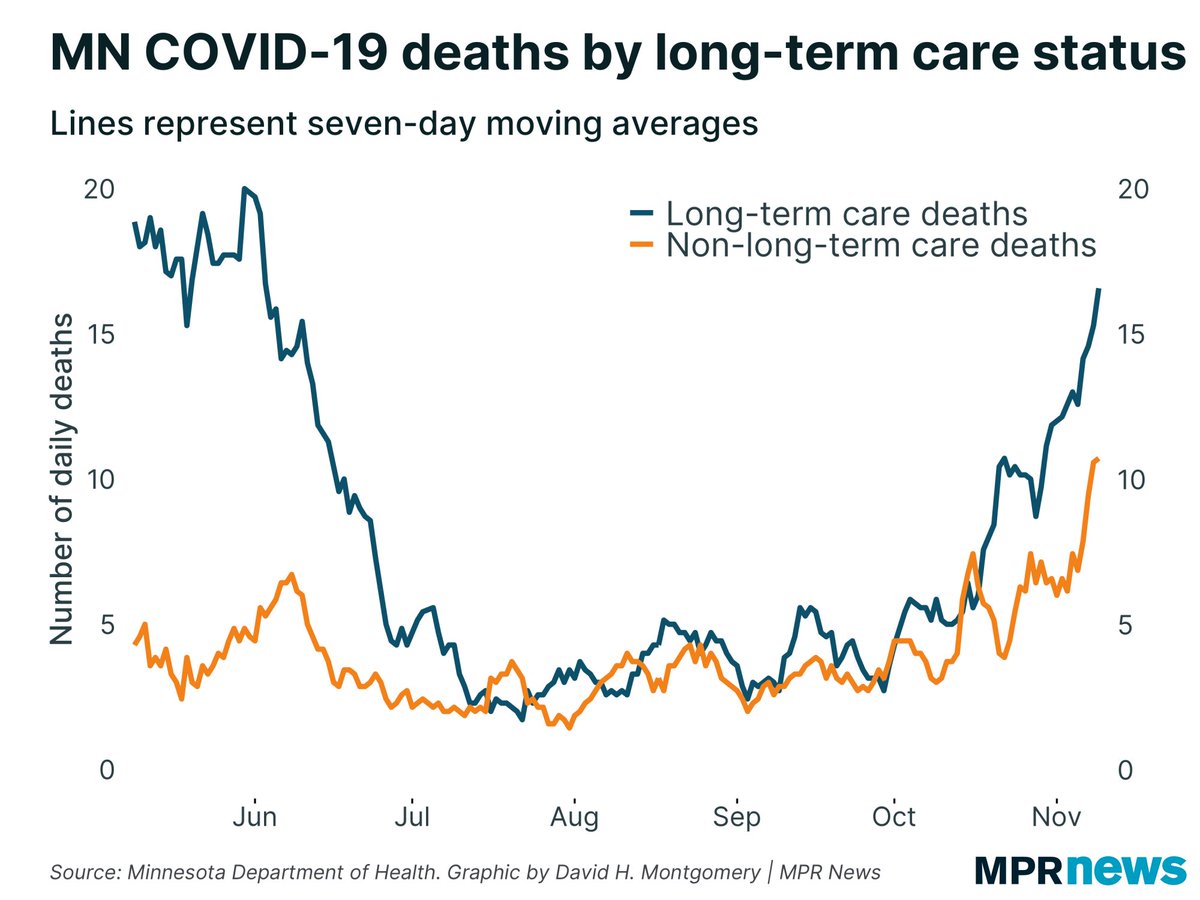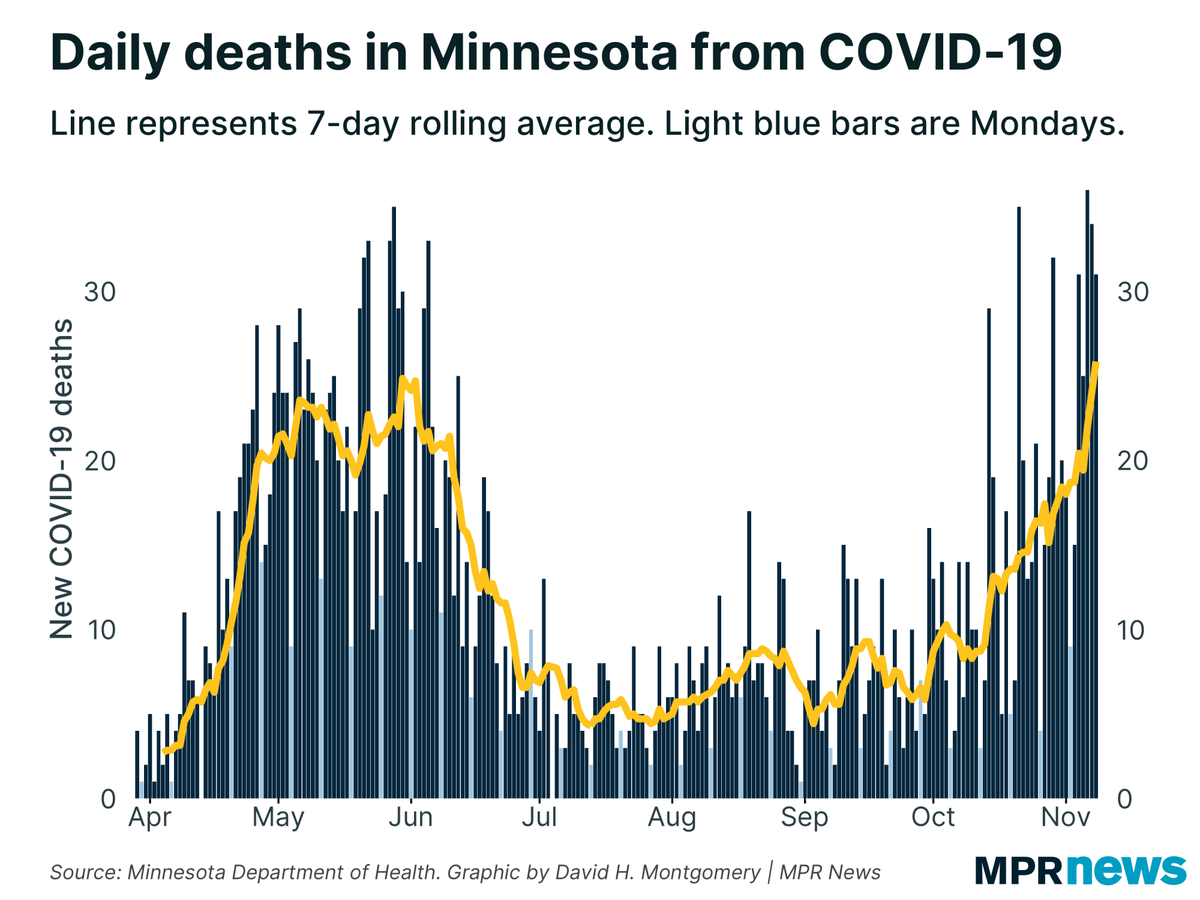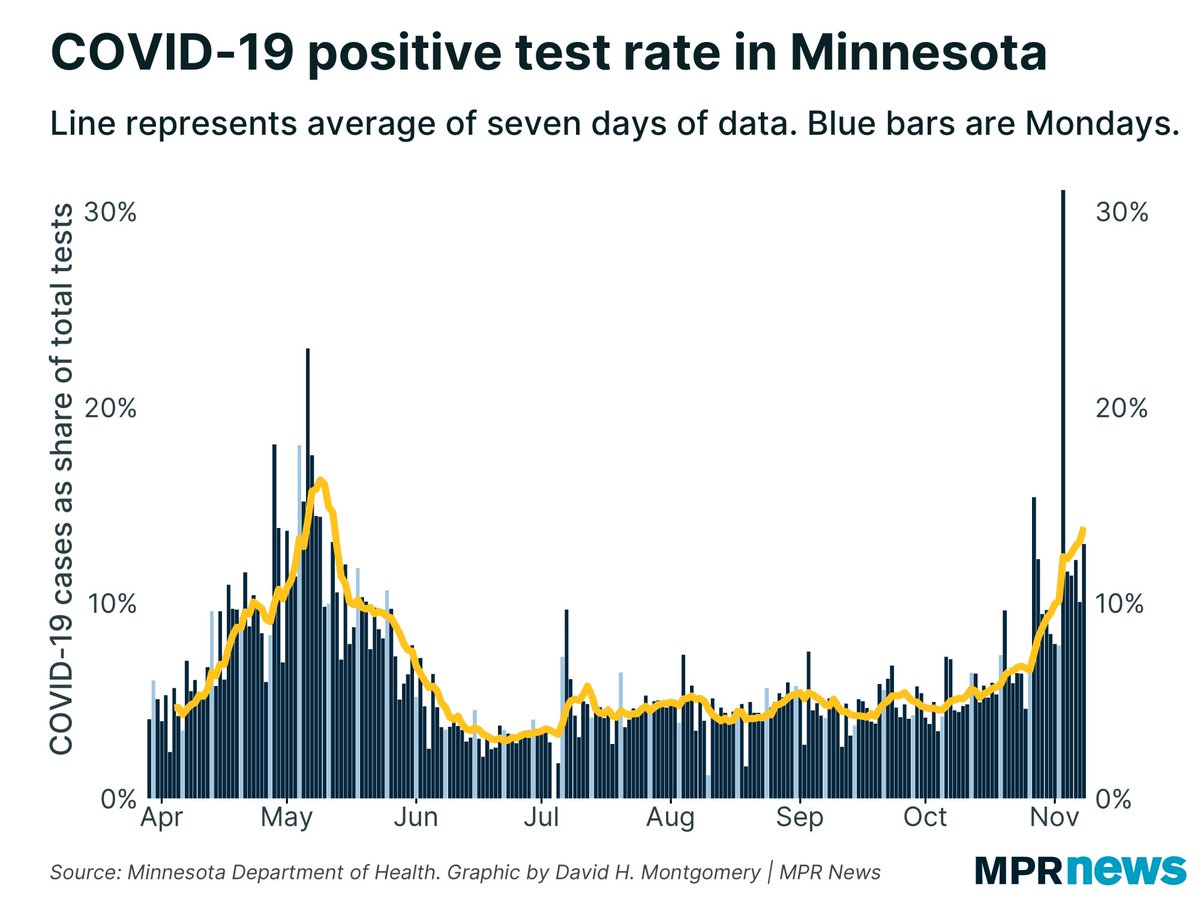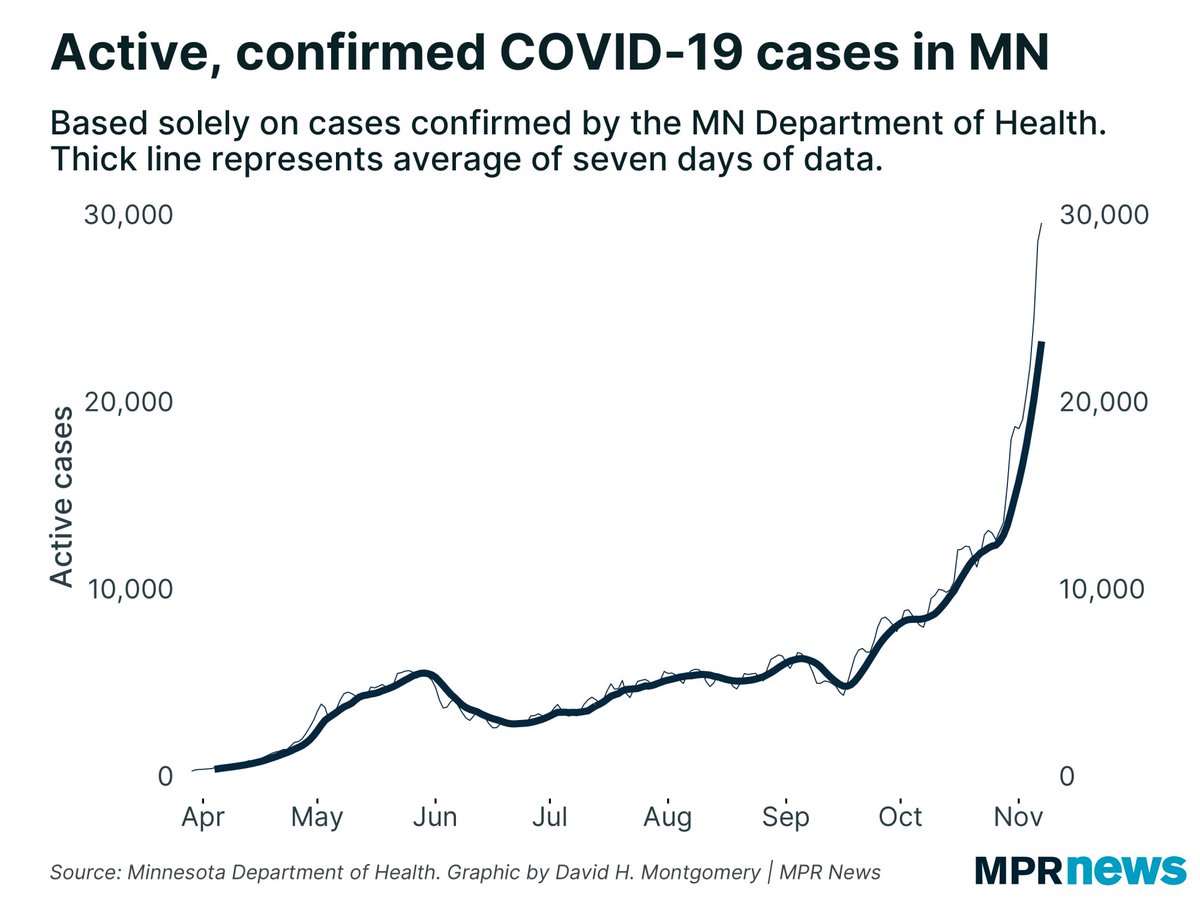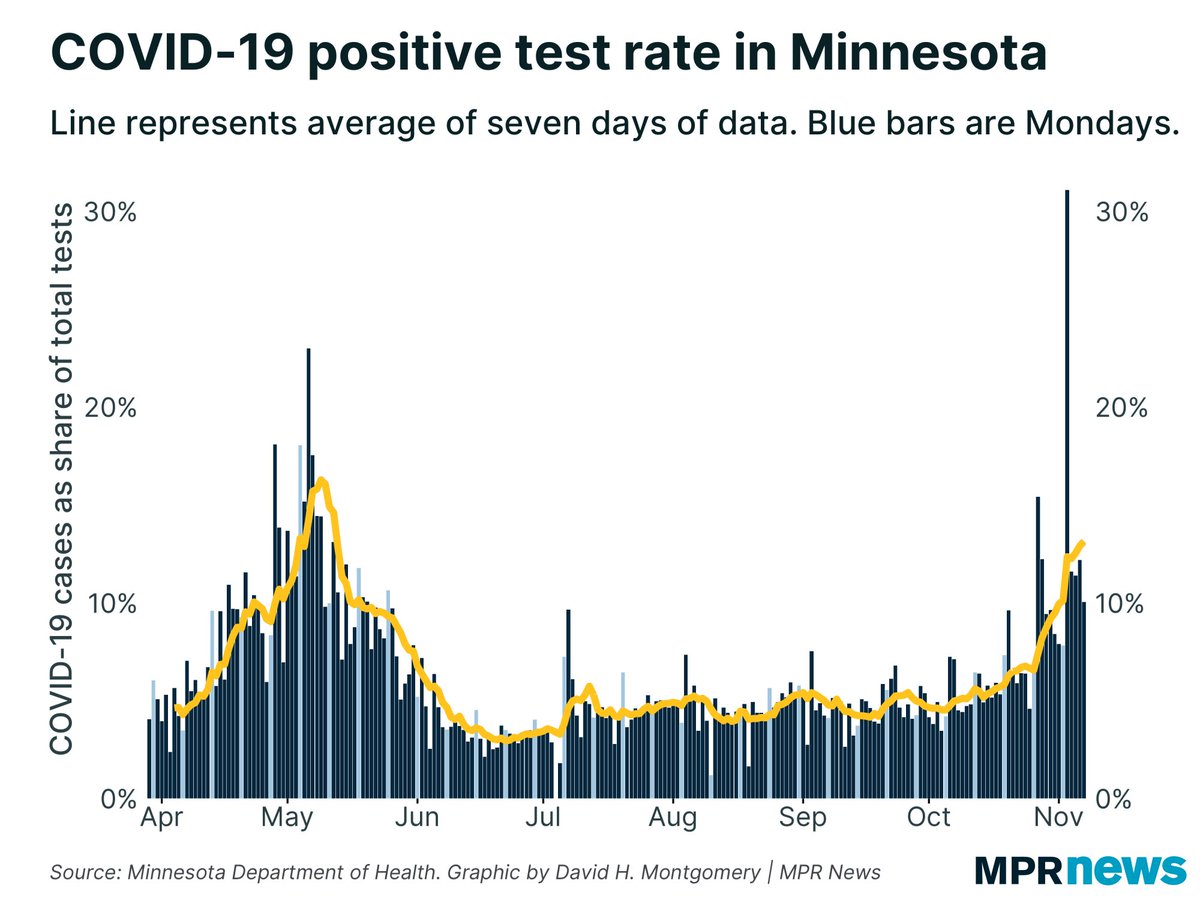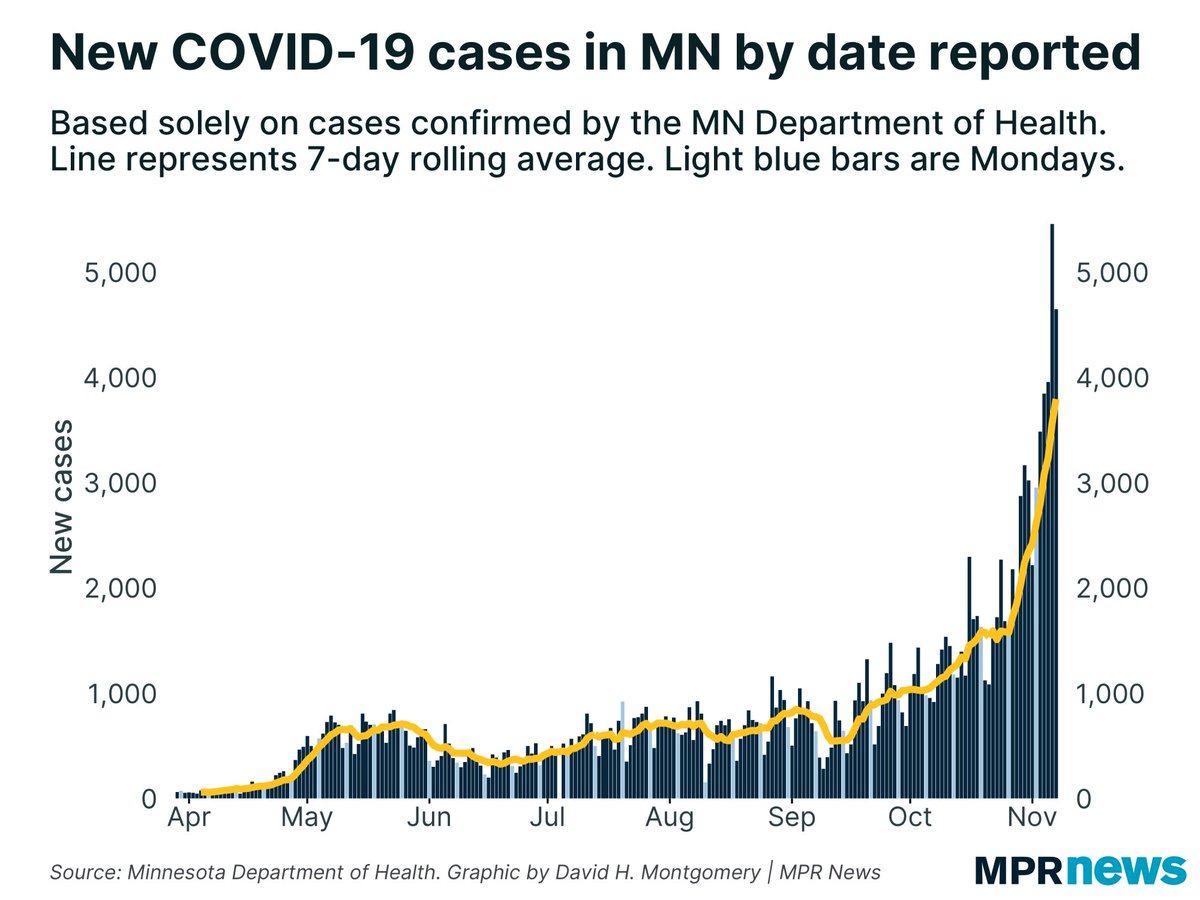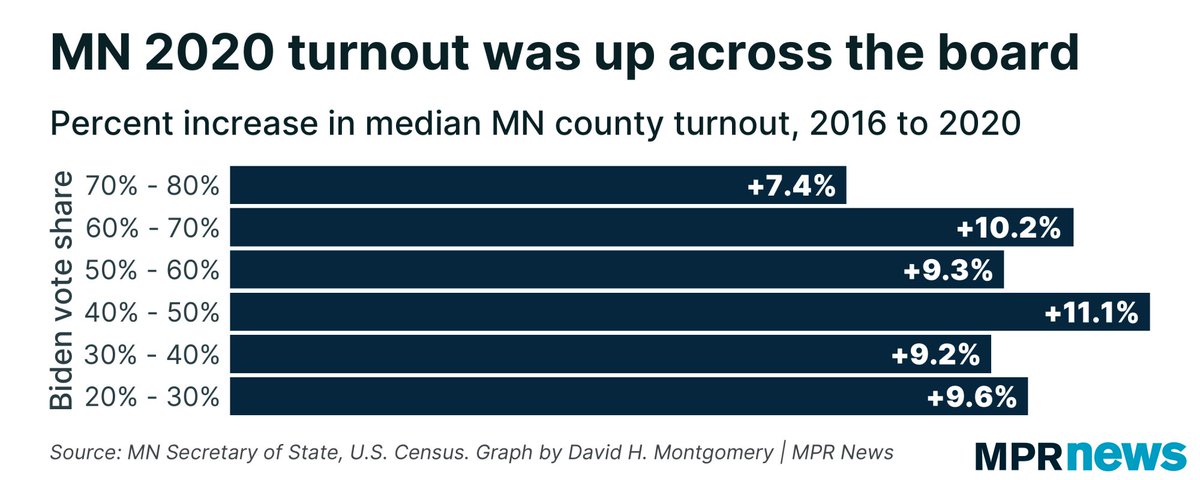
THREAD: Buckle up, because here’s a story about how the course of history was altered… by sheep in coats. 1/
2/ Our story begins with Auguste de Marmont, the Duke of Ragusa. Born in 1774, Marmont met a young cadet named Napoleon Bonaparte, and soon became the rising general’s friend, and later aide-de-camp. Marmont rose through the ranks himself, commanding a corps by 1805.
3/ In 1809, Napoleon made Marmont a Marshal of France, though wags quipped that Marmont had only been promoted because of his long friendship with Napoleon. Marmont fought in Spain and Germany, and in the defense of France from the Coalition’s invasion in 1814.
4/ But in the spring of 1814, as the Coalition closed in on Paris, Marmont decided the situation was hopeless. He reached out to the Coalition armies and surrendered his corps, which had been one of the primary defenses of Paris.
5/ Marmont was probably right that Napoleon wasn’t going to win the war. But it was an open question of HOW Napoleon was going to lose, and Marmont’s surrender badly hurt Napoleon’s bargaining position, leading to his forced abdication and (first) exile, to Elba.
6/ This worked out well for Marmont, who despite years of service to Napoleon was kept on as an army officer under the restored Bourbon king, Louis XVIII. But Napoleon and his supporters saw Marmont as an arch-traitor, a French Benedict Arnold.
7/ Marmont stayed loyal to the Bourbons when Napoleon returned for the Hundred Days, and thus kept his high position in the French army after Louis was restored to his throne again after Waterloo.
8/ During the Bourbon Restoration, Marmont continued his service in the army, and also spent time attending to his vast landholdings.
9/ Like many wealthy French landowners of the time, Marmont fancied himself an Agricultural Innovator. Marmont’s particular Innovation was what I promised at the beginning of this thread: coats for sheep.
10/ Literally, Marmont became convinced that if he sewed his sheep flocks into overcoats, they would be protected from disease and yield better fleece. Sheep in coats = profit!
11/ So Marmont immediately began investing in his scheme, building a special barn, acquiring the coats, paying people to sew the sheep into into them. This was not cheap, even for a man of Marmont’s means.
12/ There were problems. Many of them. As one historian summarizes, "Unfortunately, the overcoats were expensive, made the sheep unbearably hot, were ineffective against disease and failed to produce the high-quality fleeces desired.” But other than that…
13/ By 1826, Marmont had been basically bankrupted by sinking all his money into his sheep-in-coats scheme. He was forced to borrow money from the King of France, Charles X, in order to stay afloat.
14/ Fast forward to 1830. King Charles X, to try to distract from his fading popularity at home, seizes upon a pretext to order France to invade Algiers in North Africa — the start of France’s century-plus-long occupation of Algeria.
15/ Marmont, as a senior, distinguished general and loyal servant to the crown, believed he deserved command of the expedition. But instead it was given to someone else. So Marmont, irate, considers resigning from the army in protest.
16/ But there’s just one problem: Marmont wasted all his money on coats for sheep. He needs his army salary! So he swallows his pride and stays in the service.
17/ I mentioned earlier that Charles X was unpopular. An arch-conservative, Charles had seen the liberal opposition win the elections for France’s Chamber of Deputies in 1827, even though France’s constitution at the time only let about the richest 1% or so of male citizens vote.
18/ For a time, Charles went with the current and appointed a moderate ministry, but by 1829 he had lost patience and appointed his friend and fellow Ultraroyalist, Jules de Polignac, as prime minister. This only accelerated the conflict.
19/ In March 1830, the Chamber of Deputies votes what is effecitvely a motion of no confidence in Polignac’s government. In response, an angry Charles dissolves the Chamber, calling for new elections.
20/ But despite France’s successful invasion of Algiers, Charles X didn’t become any more popular. When France’s (very limited) electorate turned out again in July to pick a new parliament, it was another victory for the opposition.
21/ Now the political temperature of France is rising to a fever-pitch. Charles and Polignac believe the liberal opposition was bent on revolution, overthrowing the monarchy with a new Reign of Terror. The liberal opposition is convinced that Charles X is planning a coup.
22/ Neither side was entirely wrong in these beliefs, but while only some of the liberal opposition wanted a revolution, Charles was *definitely* considering a coup, and began putting it in motion near the end of July 1830.
23/ Charles’s response to the opposition’s victories in the 1830 elections was to issue a series of royal decrees, the Four Ordinances. One of these effectively annulled the just-completed election, by dissolving the newly elected Chamber of Deputies before it could meet.
24/ Dissolving the Chamber was entirely within Charles’ prerogatives under France’s constitution, the 1814 Charter. But even Charles’ ministers admitted that the other three ordinances, while allegedly “in keeping with the spirit of the Charter,” were "outside the legal order."
25/ The First Ordinance imposed censorship on French newspapers, requiring royal authorization to publish — authorization that could be revoked at basically any time. The Bourbons had periodically impose and lifted censorship over the past 15 years, so this wasn’t shocking…
26/ … but it certainly didn’t look good if you were a critic of Charles! Opposition newspapers were popular, and a thorn in Charles’ side; they had portrayed him as a religious fanatic and organized the political opposition.
27/ A ministry declaration justifying the Four Ordinances focused on the malign role of the press, saying (quoting a historian’s paraphrase): “The press had departed from its major function, the dissemination of news, presenting truths as falsehoods and falsehoods as truths."
28/ Charles and his ministers didn’t think that just censoring the press would be enough to lead to a different result when voters went back to the polls for the second time that year. So the Third Ordinance arbitrarily changed the electoral system in Charles’ favor.
29/ Under the Charter, the voter was reserved for voters who paid more than 300 francs per year in direct taxes — about 1% of adult French males. The Third Ordinance cleverly tweaked this by deciding that only SOME taxes counted for the 300-franc threshold.
30/ Specifically, the Third Ordinance ruled that taxes paid by professionals getting government licenses would no longer count for the threshold, while the tax on land would — an attempt to disenfranchise the bourgeois liberals who led the opposition.
31/ There were other elements I need not get into, including the whole Fourth Ordinance. But suffice to say, Charles and his cabinet knew these were going to be unpopular. They were prepared for a fight.
32/ “Rather than be conducted to the scaffold,” Charles told his ministers, “we will fight, & they will have to kill us on our horses.”
Behind this bravado, Charles hoped to win, not die a martyr. “I still have the strength to put the saber to the rascals,” the 72-year-old said
Behind this bravado, Charles hoped to win, not die a martyr. “I still have the strength to put the saber to the rascals,” the 72-year-old said
33/ Charles had a robust army garrison based in Paris, but it wasn’t obvious to everyone that the government had enough forces to put down any unrest.
34/ One Ultraroyalist ex-minister rushed to the palace to urge against any rash moves: "The moment is not well chosen, since the population of Paris is in an excited state.” (This is possibly a self-serving recollection written down later, in the ex-minister’s memoirs.)
35/ Inside the cabinet, the Navy Minister hesitated to sign the declarations, worried the government didn’t have sufficient military forces there. Polignac responded confidently that “the forces on hand in Paris are of sufficient strength to guarantee the public peace."
36/ Though the opposition was fearing a coup, Charles had kept his secret well — too well. The commander of the army in Paris, who’d be responsible for maintaining public order, was as in the dark as anyone. He found out about the Four Ordinances from the newspaper.
37/ This commander of the Parisian army was our old friend, Marshal Marmont. This was purely by chance, since his name was up in the rotation to take command from May to September 1830. And even then, had Marmont resigned in protest as he wanted, he wouldn’t have been there.
38/ But even though Marmont was a moderate liberal who opposed the Polignac ministry, he was too broke to quit, and so did his duty when Parisians responded to the Four Ordinances by taking to the streets and building barricades, as Parisians were wont to do.
39/ But when the Parisians manning the barricades found out that Marshal Marmont was the one trying to suppress them, they were FURIOUS. Many of them were Napoleonic veterans, and here was Napoleon’s great betrayer here to gun them down? It inflamed an already violent situation.
40/ But the naysayers had been right. The government was underprepared. And after three fierce days of urban fighting, the army lost. Charles X abdicated and fled the country. A new king was put in place, Charles’ more liberal cousin Louis-Philippe, Duc d’Orléans.
41/ Marmont, whose presence had so inflamed the rebels, followed his king into exile, where he would later die. Who knows if another commander would have won in what became known as the July Revolution — but Marmont lost, and he was only there because of sheep with coats.
42/42 If you liked this, check out my podcast, @TheSiecle, which is about this era of French history! thesiecle.com
Sources for this thread included Munro Price’s “The Perilous Crown” and Vincent Beach’s “Charles X of France”.
Sources for this thread included Munro Price’s “The Perilous Crown” and Vincent Beach’s “Charles X of France”.
• • •
Missing some Tweet in this thread? You can try to
force a refresh










